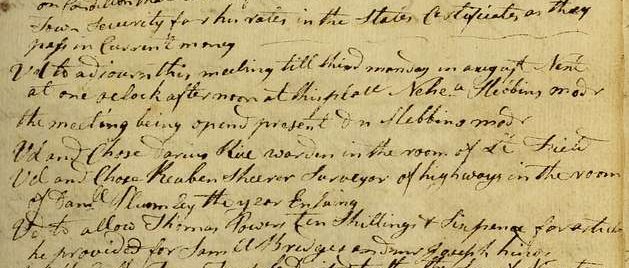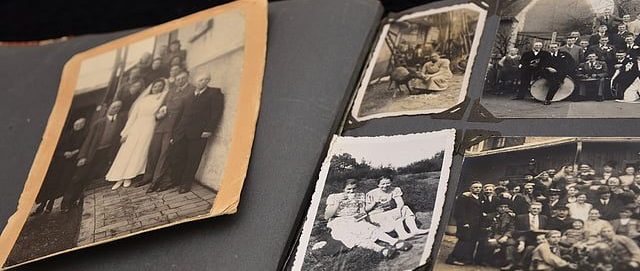Reading Old Documents
Understanding What Old Documents Say
Reading old documents is one of the main difficulties you may face when searching for information about your ancestors. Firstly the handwriting could be pretty much unintelligible to the modern eye, or even written in another language. Then there were the dates which may seem inconsistent due to a change in the calendar in the 1700’s.
Old Handwriting
It is important to transcribe old documents accurately; understanding old handwriting is key. As you expand your ancestral hunt you will come across more old documents written in some unintelligible script.
Latin was used by the Catholic Church for many of their records up until the middle of the 18th century and it was the same with legal documents. There is a very useful Genealogical Latin Word List which you can refer to on the FamilySearch.org website. And Google Translate is also a very useful tool to use.
While I cannot provide a masterclass in palaeography, the study of old handwriting, I can give some tips and pointers to help you along the way.
- Start with a good high-resolution image of the documents if that’s possible. You may need to enhance the image.
- Scan through the document and look for familiar words. It will help you to get an idea of what the document is about.
- Refer to a guide to old handwriting. Some letters and words may look strange (“ye” instead of “the”, for instance.
The National Archives has several tutorials on reading old documents be they in English and Latin. This is archived material from their old website but it is still eminently accessible. (I wouldn’t expect anything less from The National Archive! ) .
But understanding the handwriting isn’t the only catch with decyphering old documents.
The Change in Calendar Years
The Calendar Act of 1752 brought about further changes. In 1582 Pope Gregory XIII had reformed the calendar, then in use, known as the Julian Calendar (named after Julius Caesar). The Julian Calendar did not correspond exactly to the solar year. The new Gregorian Calendar cut 10 days from the year in adjustment. Other Catholic countries followed and adopted the Gregorian Calendar but England, being Protestant, did not. England therefore remained 10 days behind the New Style Calendar. By 1752 England was some 11 days behind other European countries. So in 1752, these days had to be cut out of the year to adjust. Therefore Wednesday 2 September 1752 was followed immediately by Thursday 14 September. In Scotland, 1 January became the official beginning of the year in 1600, the day after 31 December 1599. [National Archives]
Regnal Years


Understanding old handwriting is something I always have difficulty with. lI tend to write down the words I can understand and with some perseverance I can usually get some information from the document.

